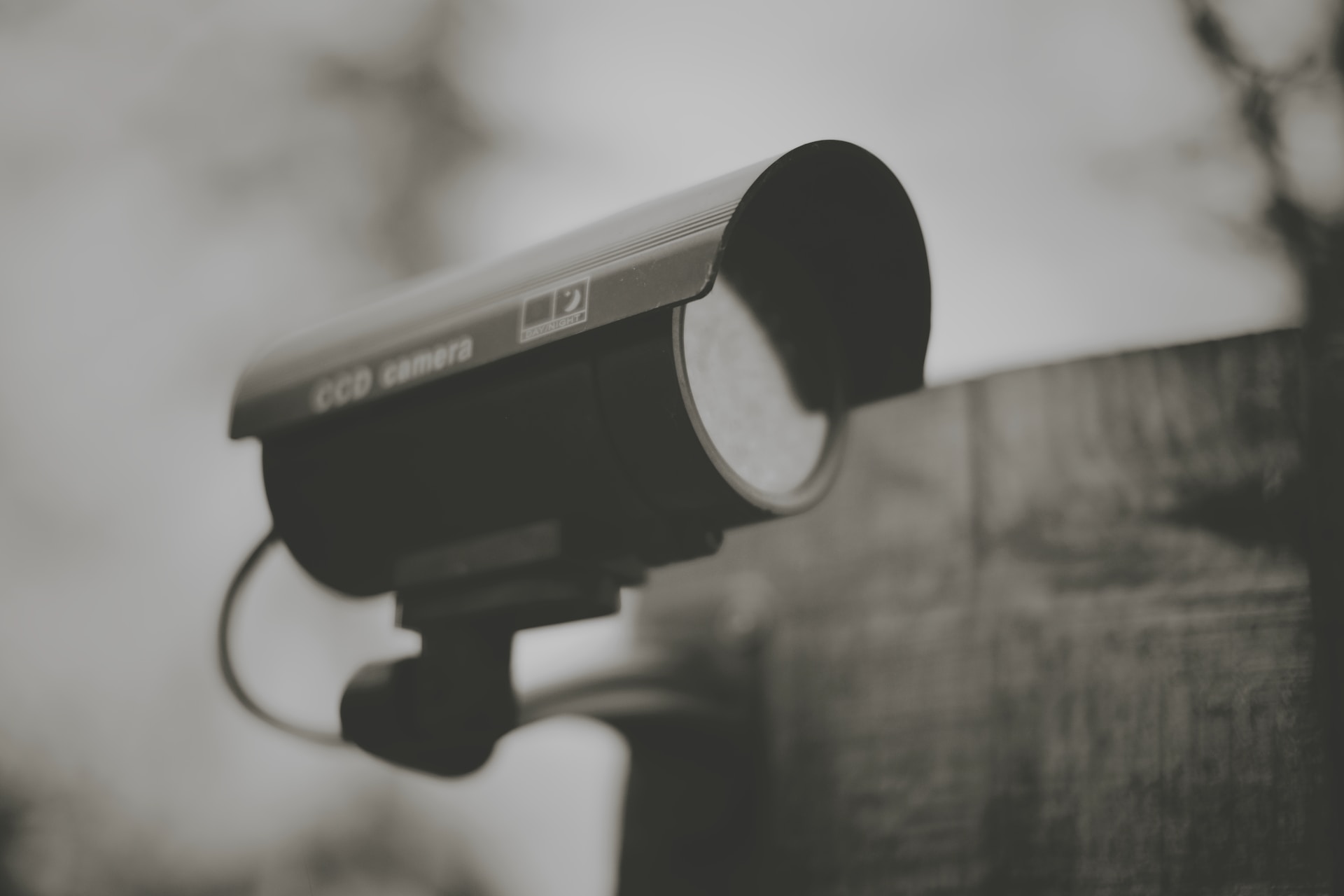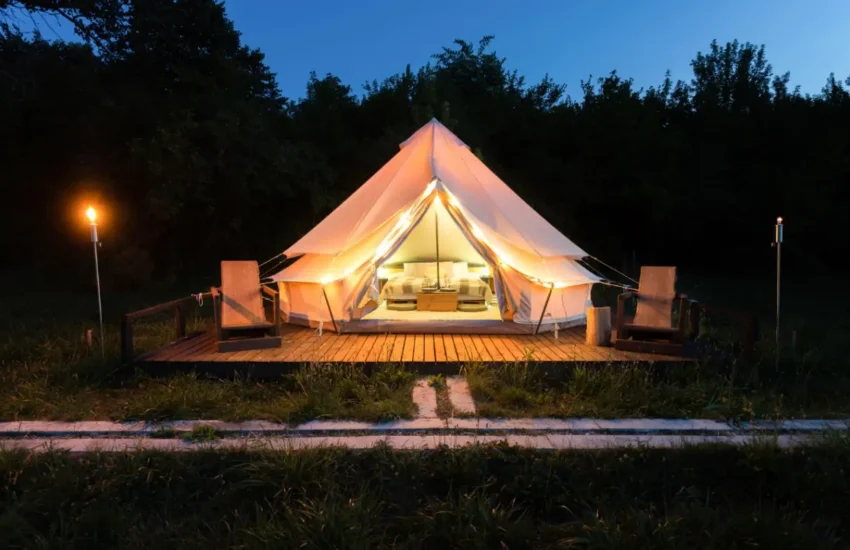4 Factors to Consider Before Installing a DIY Security Camera System
There are several factors to consider before installing a DIY security camera system. These include your security needs, budget, and technology. With a DIY system, you’ll usually save thousands in equipment costs and monthly monitoring fees. These savings are worth it, but choose a system that suits your unique surveillance needs.

Security Needs
Before installing a DIY security camera system, it is crucial to consider your home’s security needs. This can include the size of your property, what you plan to monitor, and how well your security system will integrate with other devices.
In addition, your needs may depend on the type of system you choose. For instance, if you want to monitor your yard, you’ll need a weatherproof outdoor camera. If you want to secure your home inside, you’ll need indoor cameras. These can be battery-powered or wired.
Budget
Whether you want to install a DIY security camera system yourself or hire a professional, the budget you can afford will help determine the right solution. The cost of cameras, hubs, and other accessories will add up quickly, so decide how much you can afford before choosing a system. Often you can find kits that include all the equipment you need, making it easy to get up and running without having to worry about installing the wiring yourself.
These systems also come with detailed instructions and videos for installation, plus some companies offer live chat or phone support during the process. Depending on the type of system you choose, you may also need power cables and wires to run from your cameras to their DVR device. Hiring a professional installer is best if you need experience drilling into walls and running cables. This will ensure everything is hidden and you don’t encounter any problems with the cabling in the future.
Technology
When installing a DIY security camera system, you must consider all the factors that come into play. This includes the cameras, the system hub, and the connections. You’ll also think about how the system stores your video footage once it’s recorded. Some systems store it locally and let you view it on your computer or smartphone, while others push the footage to their servers over the Internet (the “cloud”).
Choosing the right technology is important because it affects how easily your system can be accessed and controlled from anywhere. It can make the difference between being able to monitor your home when you’re away or relying on a professional to do it for you. The first decision you’ll need is whether you want a wireless or wired camera. Generally, wireless devices are easier to install and more flexible. They’re also easier to move with you if you’re moving into a new home.
Installation
Before installing a DIY security camera system, residents should plan where to place their cameras. This can help them avoid blind spots and ensure their cameras cover all the areas they want to monitor.
They may also need to note how close they’ll be to power sources and how far away their Wi-Fi router and extenders are from each potential camera location. Next, they must run cables from the cameras to the DVR. This can be tricky if the resident needs to become more familiar with the process, so it’s recommended that they hire a pro to do this part of the installation. Once the cables are installed, residents can connect the cameras to the DVR and set up their settings. This can include setting night-vision options, video quality, facial recognition, and scheduled backups of saved footage.


